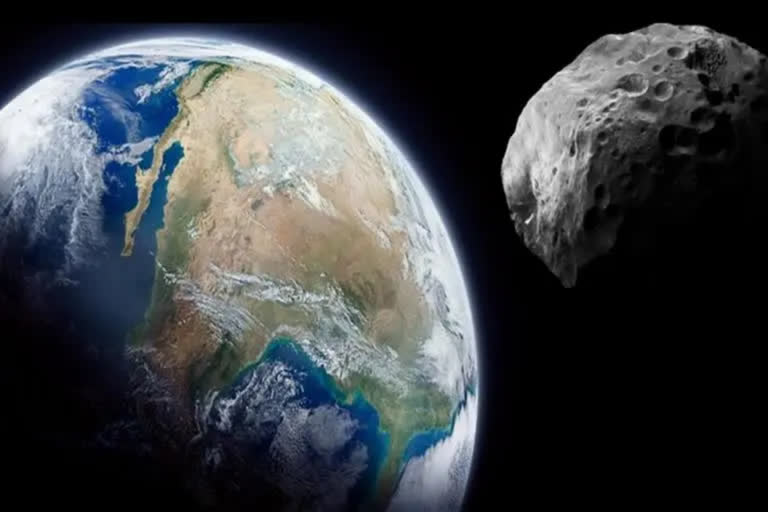Washington: A group of researchers has sent radio signals into space with the purpose of bouncing them off a 500-feet asteroid to learn about its interior. The High Frequency Active Auroral Research Programme (HAARP), a powerful transmitter in remote Alaska, aimed its antennas at asteroid 2010 XC15, a space rock categorised as a near-Earth potentially hazardous asteroid, to send long wavelength radio signals.
The results of the experiment could aid efforts to defend Earth from larger asteroids that could cause significant damage. "We will be analysing the data over the next few weeks and hope to publish the results in the coming months," said Mark Haynes, lead investigator on the project and a radar systems engineer at NASA's Jet Propulsion Laboratory in Southern California. This experiment was the first time an asteroid observation was attempted at such low frequencies. "This shows the value of HAARP as a potential future research tool for the study of near-Earth objects," he added.
Also read:Five space exploration missions to look out for in 2023
